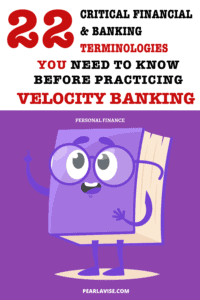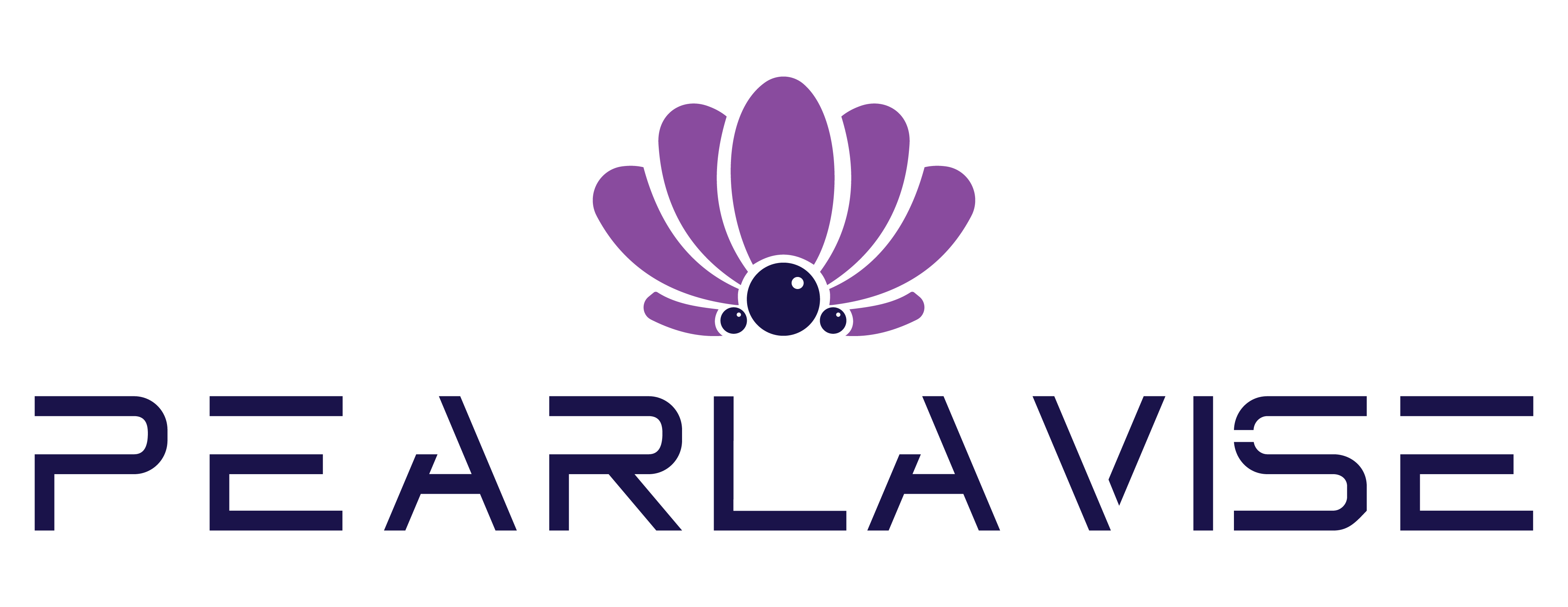This post is about 22 critical financial and banking terminologies you need to know before practicing velocity banking. Are you ready to take control of your financial destiny through the power of Velocity Banking? Before you dive headfirst into this transformative financial strategy, there’s something crucial you should consider—language. Just like any field, personal finance and banking come with their own set of terms, jargon, and acronyms. Understanding these financial and banking terminologies is akin to mastering the tools of the trade.
Before applying the velocity banking concept, it’s important to be familiar with various financial and banking terminologies. Understanding these terms will help you navigate the strategy more effectively and make informed decisions.

While I personally learned how to pay off some of my debt fast and saved money on interest, I felt I would have paid off more debt if I understood these 22 Critical Financial and Banking Terminologies before I applied the concept Velocity Banking to my personal finance.
22 Critical Financial and Banking Terminologies You Need To Know Before Practicing Velocity Banking. Aim for victory in Velocity Banking with these 22 financial and banking terms that will make you a true champion of finance.
{RELATED POST: “6 ESSENTIAL CATEGORIES YOU MUST UNDERSTAND TO BUILD A BETTER CREDIT SCORE”}
22 Critical Financial and Banking Terminologies You Need To Know Before Practicing Velocity Banking
Here are some key terminologies you should know:
1. Velocity banking
Velocity banking is a concept, as it is understood today, does not have a single, specific origin. Instead, it evolved over time because of various financial and debt-reduction strategies. It combines elements from several financial concepts and practices, including mortgage acceleration, debt consolidation, and cash flow management.
2. HELOC (Home Equity Line of Credit)
A HELOC is a revolving line of credit that is secured by the equity in your home. It allows you to borrow money against your home’s value and use it for various purposes, including debt consolidation in velocity banking.
3. Mortgage Acceleration
The idea of paying off a mortgage more quickly by making extra payments is not new and has been a common financial strategy for many years.
4. Equity
Equity is the portion of your home’s value that you own outright. It’s calculated by subtracting your mortgage balance from the current market value of your home. Equity is what makes it possible to obtain a HELOC.
5. Principal
The principal is the original amount of money you borrowed or the current outstanding balance of a loan, excluding interest.
6. Interest Rate
This is the cost of borrowing money, usually expressed as a percentage. Understanding the interest rate on your HELOC and other loans is crucial for velocity banking.
7. Interest Payment
This is the amount of money you pay to the lender for the privilege of borrowing money. In velocity banking, the goal is to reduce interest payments.
8. Cash Flow
Cash flow refers to the movement of money into and out of your accounts. Managing your cash flow effectively is a fundamental aspect of velocity banking. It is leftover money after all your expenses a paid; this money does not go anywhere.
9. The Four numbers
The term “four numbers” typically refers to a set of four key financial figures or values that are crucial for implementing and effectively practicing the Velocity Banking strategy. These four numbers help individuals assess their financial situation. The four numbers in Velocity Banking consist of income, expenses, debt, and cash flow.
10. Debt Consolidation
This is the process of combining multiple debts into a single loan or line of credit, often with the aim of obtaining a lower interest rate or simplifying payments.
11. Debt Snowball
A debt reduction strategy that involves paying off the smallest debts first and then applying the money used for those payments to larger debts.
12. Debt Avalanche
Another debt reduction strategy that focuses on paying off debts with the highest interest rates first to save on interest costs.
13. Amortization Schedule
This is a table that shows how your loan payments are allocated between principal and interest over the life of the loan. Understanding your loan’s amortization schedule can be helpful in velocity banking.
14. Loan-to-Value Ratio (LTV)
The LTV ratio is a percentage that compares the amount of your mortgage or HELOC to the appraised value of your home. Lenders use this ratio to assess risk when offering a HELOC.
15. Minimum Payment
The minimum payment is the smallest amount you are required to pay each month on a loan or credit card. In velocity banking, you aim to pay more than the minimum to reduce the debt faster.
16. Credit Score
Your credit score is a numerical representation of your creditworthiness. Maintaining a good credit score can be important when applying for a HELOC.
17. Lender Terms and Conditions
Familiarize yourself with the specific terms and conditions of your HELOC, including interest rates, repayment terms, and any fees associated with the account.
18. Budgeting
Budgeting involves tracking your income and expenses to ensure that you can manage your cash flow effectively and allocate funds to debt repayment.
19. Debt Tools
Debt Tools normally consist of a personal line of credit (PLOC), credit cards (CC), business line of credit (BLOC), and home equity line of credit (HELOC) are tools used to do velocity banking. Understanding the debt tools used to implement velocity banking is essential.
20. Rinse and Repeat
This is a method in velocity banking refers to a continuous cycle or strategy for paying down debt using a home equity line of credit (HELOC). It’s a key aspect of velocity banking that allows individuals to accelerate the repayment of their debts, such as a mortgage or other loans, while managing their cash flow efficiently.
21. Chunking
Is to aggressively pay down debts by consistently allocating larger chunks of your income to debt reduction. This strategy can help you pay off debts faster, reduce the total interest you pay overtime, and eventually free up more of your income for savings and other financial goals.
22. Risk Assessment
Understand the risks associated with velocity banking, including the potential for fluctuations in interest rates and the use of your home as collateral for the HELOC.
Before implementing velocity banking, consider consulting with a financial advisor or expert who can help you navigate these terminologies and tailor the strategy to your specific financial situation. You should also watch this video titled “What To Do Before Velocity Banking?”
It’s important to note that while Velocity Banking can be an effective way to manage and reduce debt, it requires discipline and careful financial planning. Additionally, it may not be suitable for everyone, and individuals should consider their specific financial situation and consult with a financial advisor, if necessary, before implementing such a strategy.
This post is all about 22 critical financial and banking terminologies you need to know before practicing velocity banking. Get ready to not just practice Velocity Banking but to master it, armed with the understanding of the language that fuels the world of finance. It’s time to unlock the secrets behind these terms and set yourself on a course towards financial freedom and empowerment.
If you like coaching or counseling on velocity, check out the Velocity Banking Manifesto Program and receive a 10% discount on eligible offers when you use this Coupon code: PEARLAVISE
Other Post(s) and Recommendation(s) You May Like:
7 AMAZING SIMPLE TIPS TO REDUCE YOUR PERSONAL FINANCE DEBT WHILE ACHIEVING PEACE AND BUILDING WEALTH
GIFT AND DINNER UNDER A $100 MERRY CHRISTMAS | PERSONAL FINANCE
PLEASE HELP ME MAINTAIN MY BLOG WEBSITE BY CLICKING ADMIREE MY GIFTS TO MAKE A PURCHASE


Recent Comments